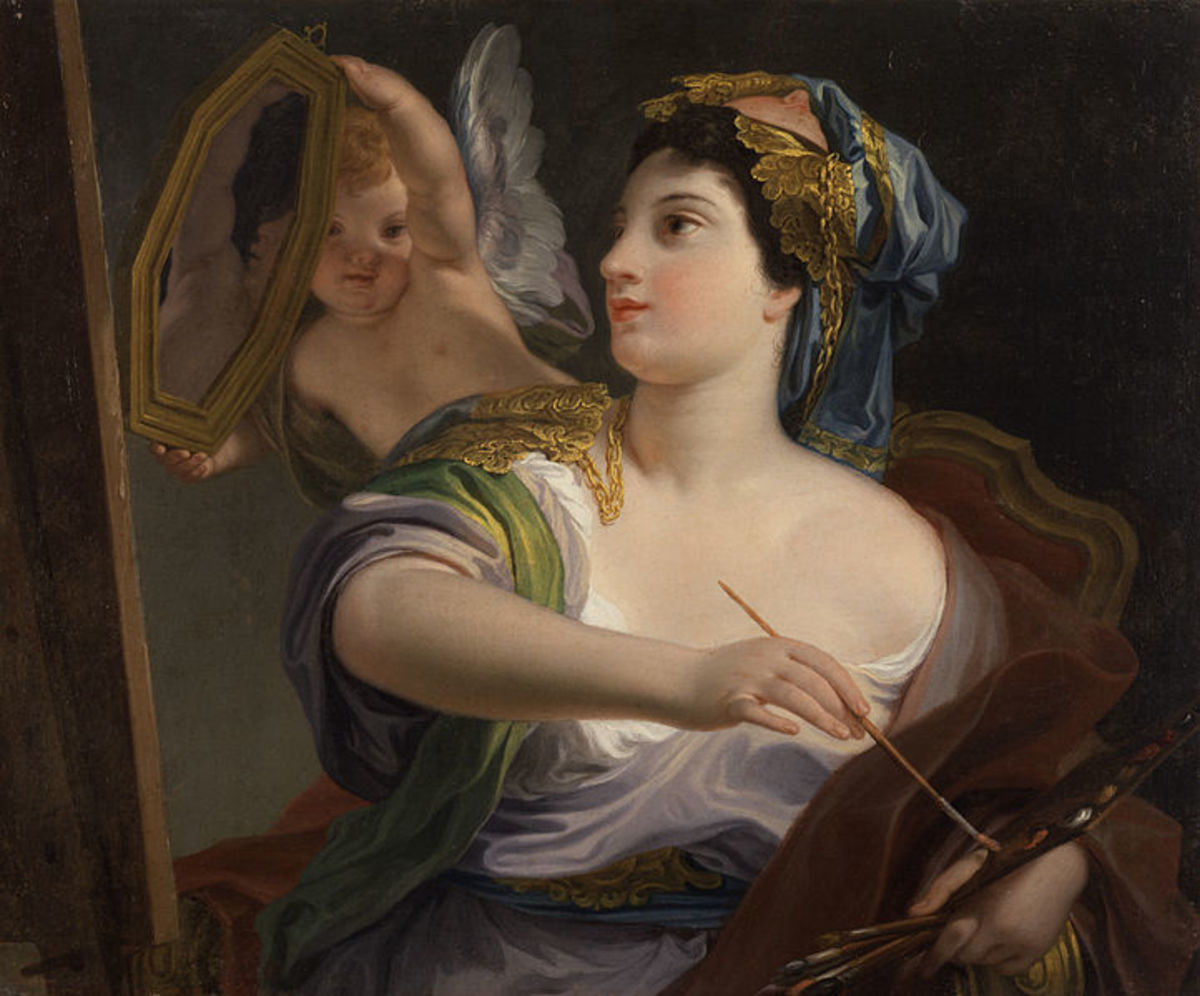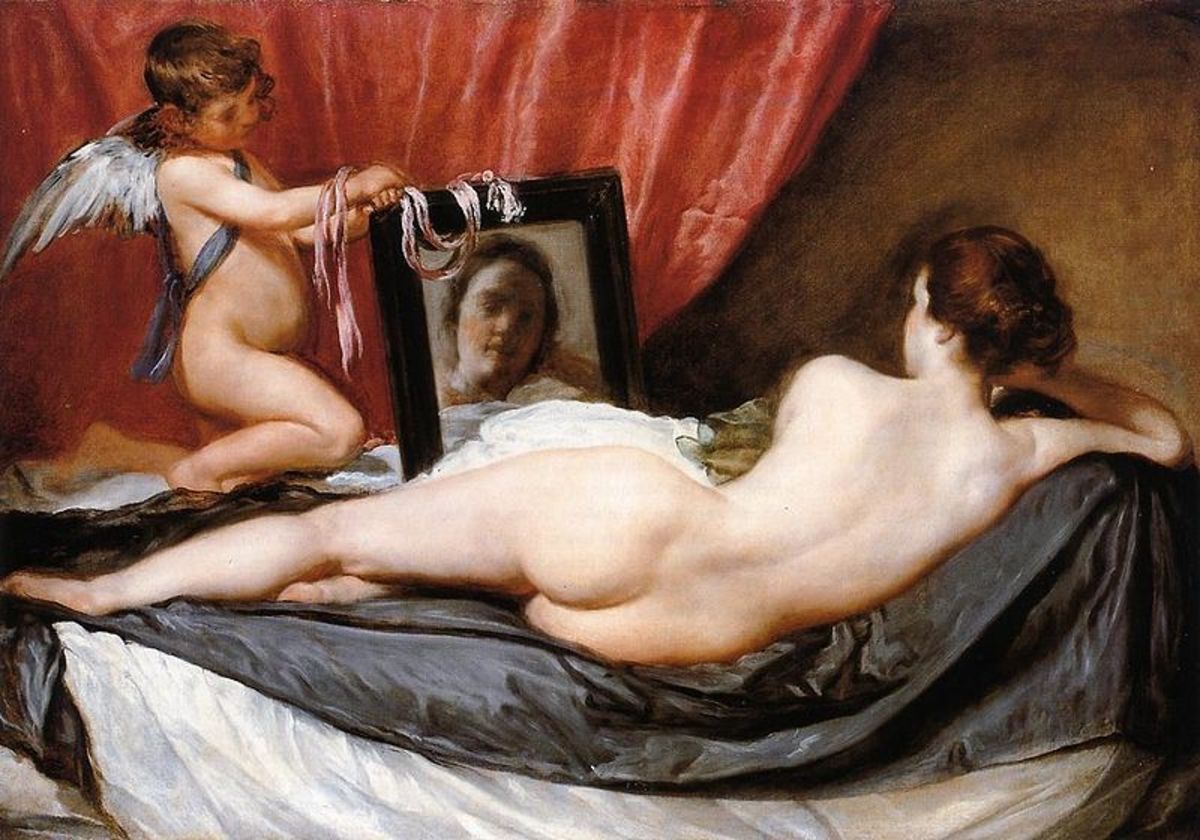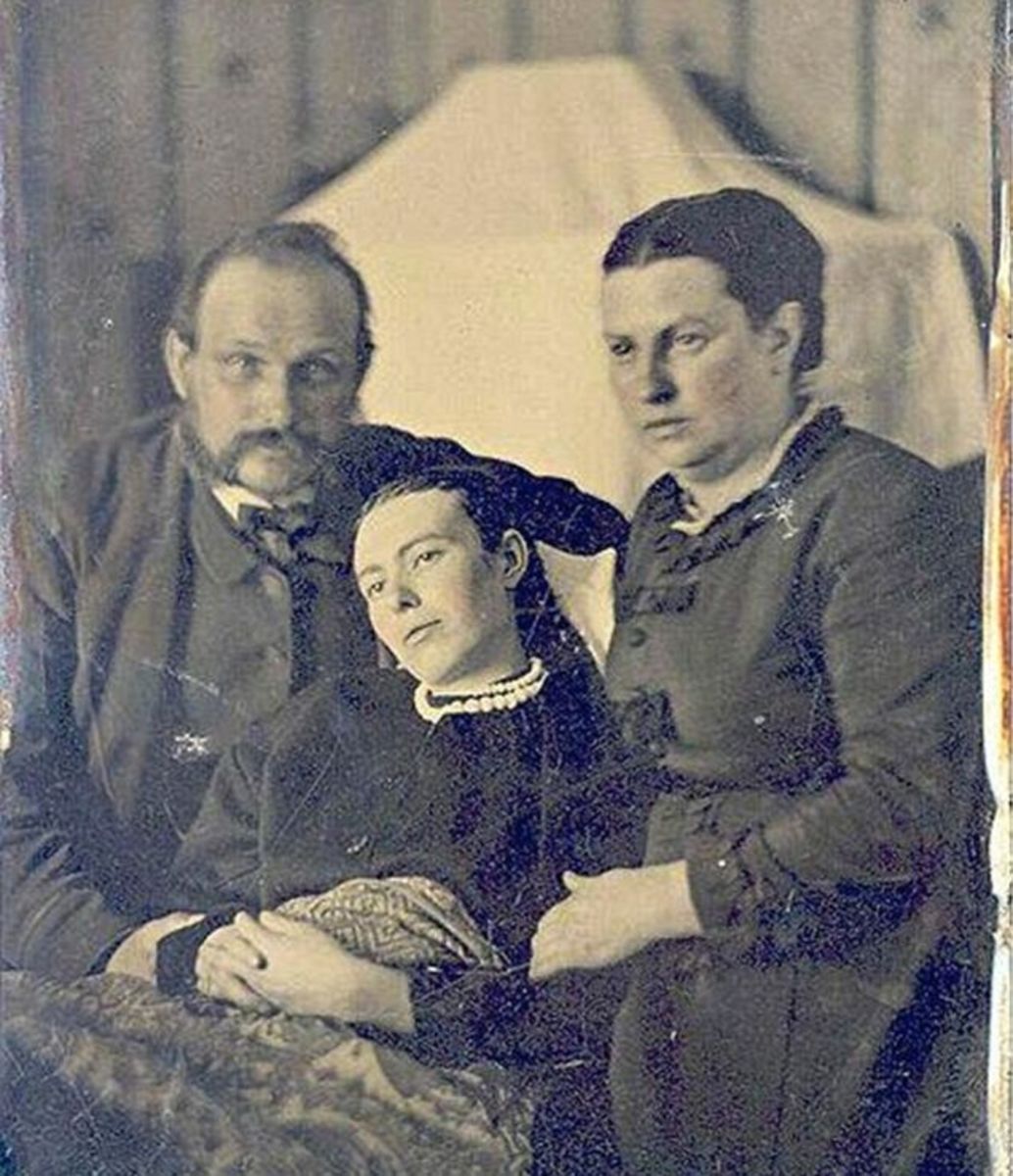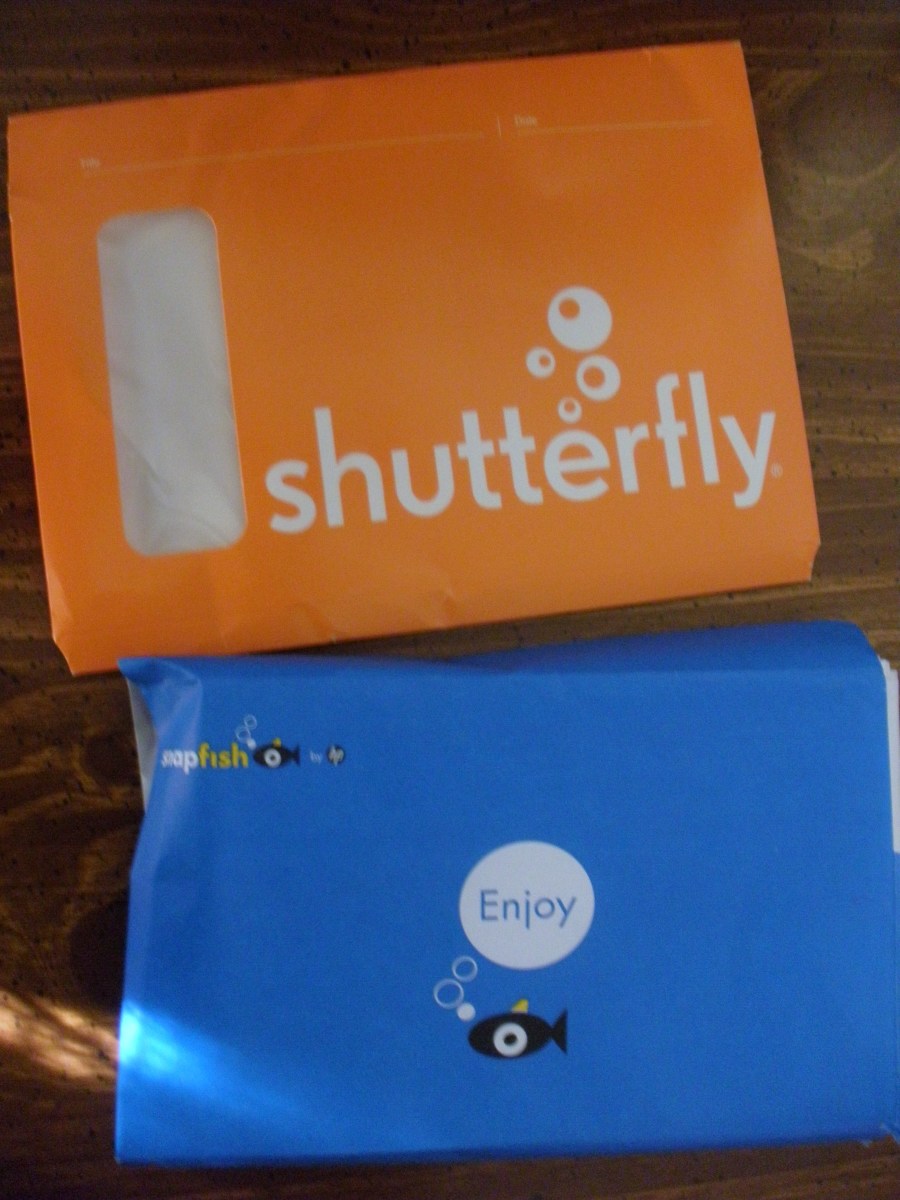Reflections in a Broken Mirror
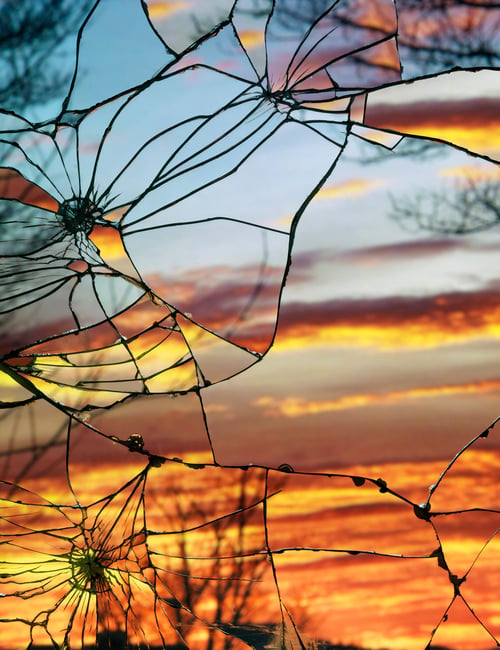
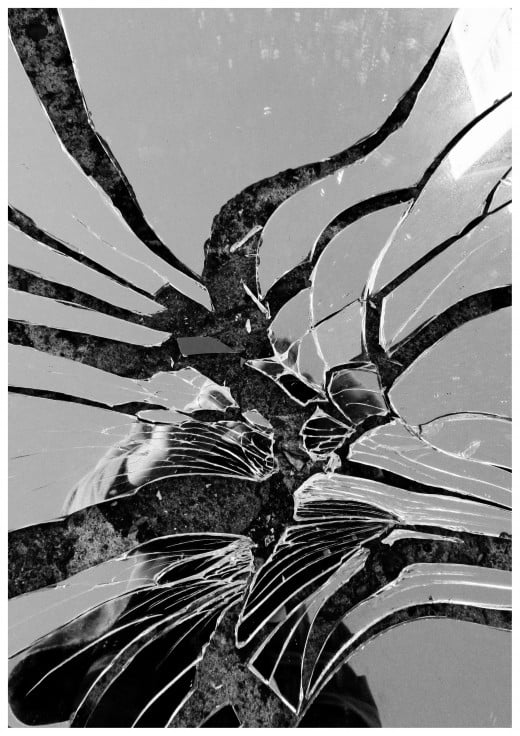
"There's a glue you should be able to find at a craft store that glass artists and art restorer's use. You then apply a coat of it to the back of the mirror. This will allow you to crack the glass without having the pieces fall apart. I would then suggest that you use the glass cutting tool to actually crack the glass. The other suggestion I would make is to put a piece of plastic in front of the mirror, this will help to absorb some of the impact when you hit the mirror with the glass cutting tool." http://www.maatwerkstudio.com.
Sometimes one just does not know what to photograph next and one forgets that being creative and looking at the most simple things can be the starting point for a photographic project.
There are many things that we take for granted and do not see them with a photographic mindset.
The best photographers and probably the most creative of them are always looking at most anything and thinking " how can I use this for a photo opportunity".
Take for example reflections. We shoot reflections in the most usual of instances like when something is reflected of water, a window or a mirror.
But if you take this one step further you can still shoot reflections in a more creative way and probably a more "intriguing" way too.
Take a mirror and crack it, do not shatter it to the point that it becomes useless, just crack it enough so that it still retains some or most of its shape but the cracks definitely interfere with the typical smoothness of the mirror.
This in turn can create some very unequal and unusual effects or rather reflections, out of anything that is reflected in the mirror's surface.
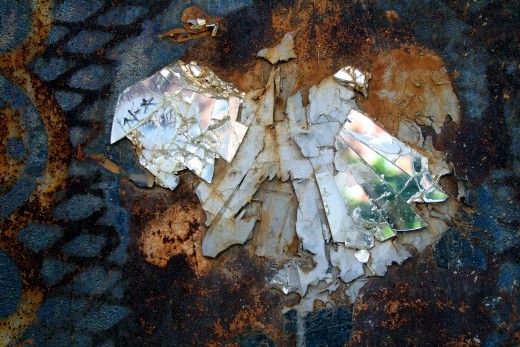
Thought this was interesting and would you try it?
The first thing is to find a suitable mirror and plan how to crack it safely. Always wear goggles when doing this and use thick gloves since glass cuts easily. (Had to say it).
The best method is to lay the mirror upon a flat carton piece that fits the dimensions of the mirror and which has a piece of thick paper (preferably a black colored one) in the same dimensions and which has been glued to the carton.
Apply a liberal amount of glue to the thick paper piece that will face the back of the mirror as this will keep the cracked pieces together. Then lay another piece of material on top of the mirror side, preferably a piece of cloth, even a thin rug.
Carefully and gently strike the mirror in several location and mostly towards the center. Afterward remove the cloth or rug but not the back piece of paper or carton. These will keep everything in place.
If you are satisfied with the cracked pattern then move on to the next step. If not , repeat the process until you are satisfied with the results.
Your mirror should be one that is mounted on a frame, unless you plan to take all pictures by standing over the cracked mirror.
Remember that when handling a cracked mirror, a piece or pieces may fall at any time so carry the mirror in a flat position at all times until you are ready to mount or prop it for the shoot and wear some sturdy gloves when handling any broken glass (Had to say it again).
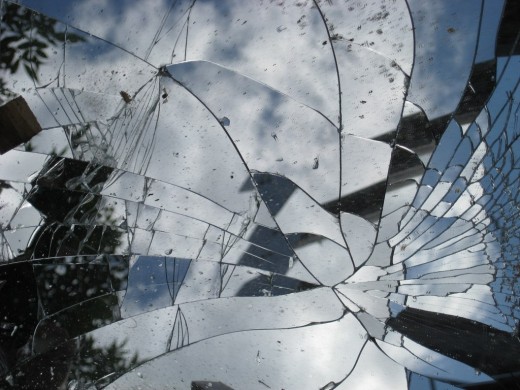
Before you start shooting keep in mind that although your own reflection will probably add to the intrigue of the shot, sometimes it is better to capture other reflections upon it besides your own.
Worth considering is that mirrors present a fat, silver surface and if the reflection does not have color, then the shot may feel flat.
Aim to capture reflections that have some color so as to create an interesting and appealing view.
Other things which you should take into account is that the more complicated a scene is the more complicate the reflection will be. Avoid too much clutter when choosing what scene to photograph.
Some elements can be reflected in the broken surface yet still posses some aspects of it to be recognizable. This is good unless you are planing to do a complete abstract piece.
Alternatively, do not forget that using black and white can also produce some desirable images.
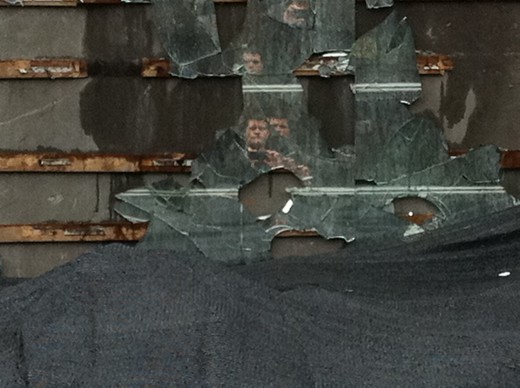
If you do not intend on capturing your own reflection among all the rest of other subject's reflections then you have to shoot at an angle relative to the position of the mirror.
A zoom lens lets you place yourself some distance away and still compose the shot but the same can be done with a regular lens although you have to be more mindful of your place as it relates to the reflective surface.
The best angles are usually those that occur when you are at a 45 degree angle to the subject.
Do not use a flash unit while doing the technique as even in daylight, a flash will produce hot spots which will show on the mirror's surface and in turn will be present in the photographs.
- Mosaic Mirror Pieces
How to break a mirror into pieces for a mosaic. This technique covers the basics, you can practice the technique to expand the range of shapes you can...
© 2014 Luis E Gonzalez

![Adobe Photoshop Elements 2018 [Old Version]](https://m.media-amazon.com/images/I/51AQ4wl7eOL._SL160_.jpg)

